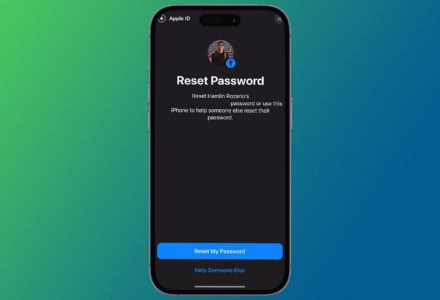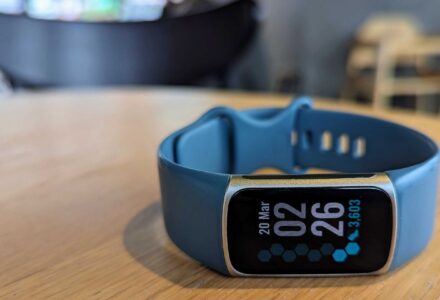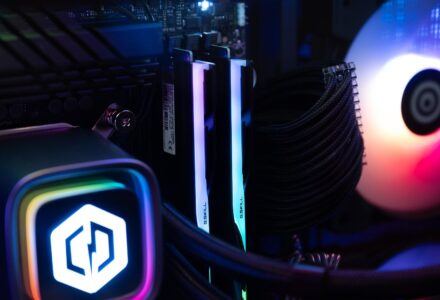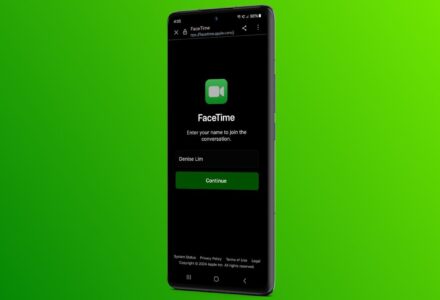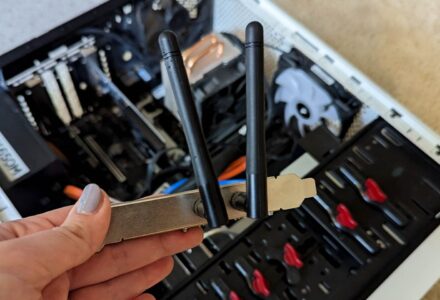In the AI chatbot space, ChatGPT has been the undisputed leader since its launch in November 2022. However, with the release of Claude 3, it is increasingly looking like ChatGPT might be losing that title. Here are four reasons you should consider switching from ChatGPT to Claude.
1 Claude Is Better at Creative Writing
Besides occasional science homework, programming tasks, and fun games, one of the most popular use cases of AI chatbots is creative writing. Most users use AI chatbots to help draft an email, cover letter, resume, article, or song lyrics—basically one creative write-up or another. While ChatGPT has clearly been the favored option owing mostly to its brand name and publicity, Claude has consistently delivered top-notch results even in earlier iterations of the AI chatbots. But it's not just about providing top-notch results. Claude, especially backed by the latest Claude 3 model, outperforms ChatGPT in a wide range of creative writing tasks.
As someone who has consistently used both chatbots since their launch, Claude, although not necessarily the overall better model, is significantly better at creating write-ups that better mimic human "creativity and imperfections." Putting both chatbots to the test, ChatGPT's write-ups, although grammatically correct, were full of tell-tale signs of an AI-written piece. Claude's write-ups read more naturally and sound human. Although not perfect, they are likely to be more engaging and creative.
Too frequently, ChatGPT falls victim to the use of so many clichés and predictable word choices. Ask ChatGPT to write about some business topics, and there's a good chance you will see words like "In today's business environment," "In recent history," and "In the fast-paced digital landscape" in the starting paragraphs.
Putting our theory to the test, it was just as predicted. ChatGPT (GPT-3.5 and GPT-4) used cliché intros in five out of five trials. Here are the first three samples:
- Sample 1
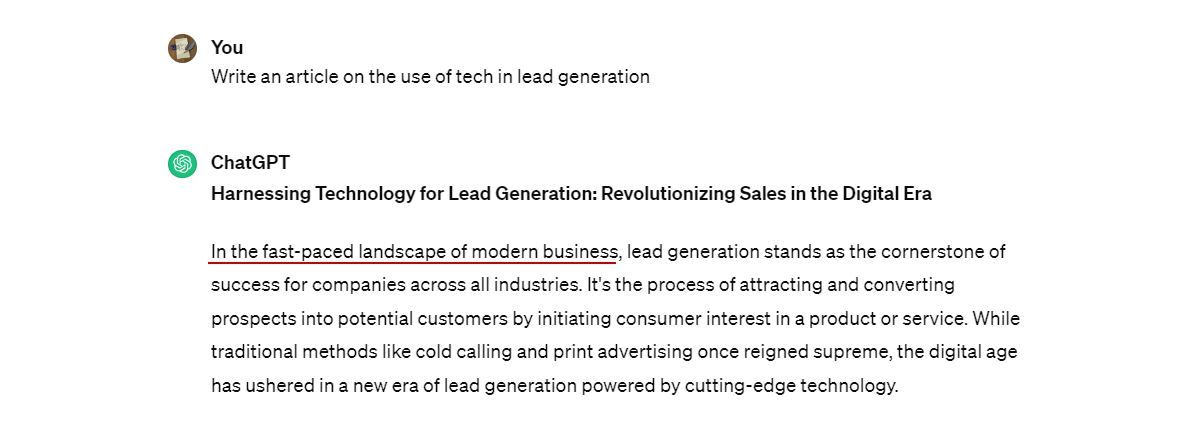
- Sample 2
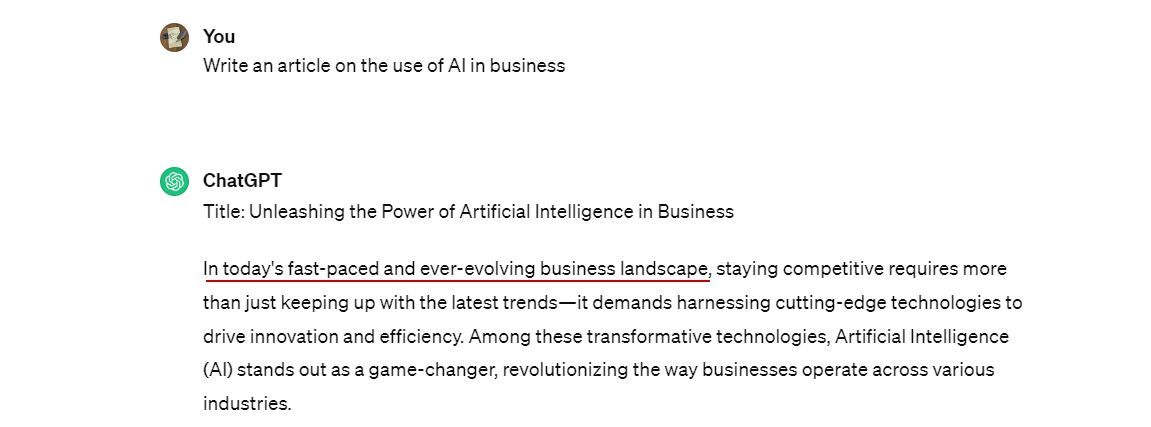
- Sample 3
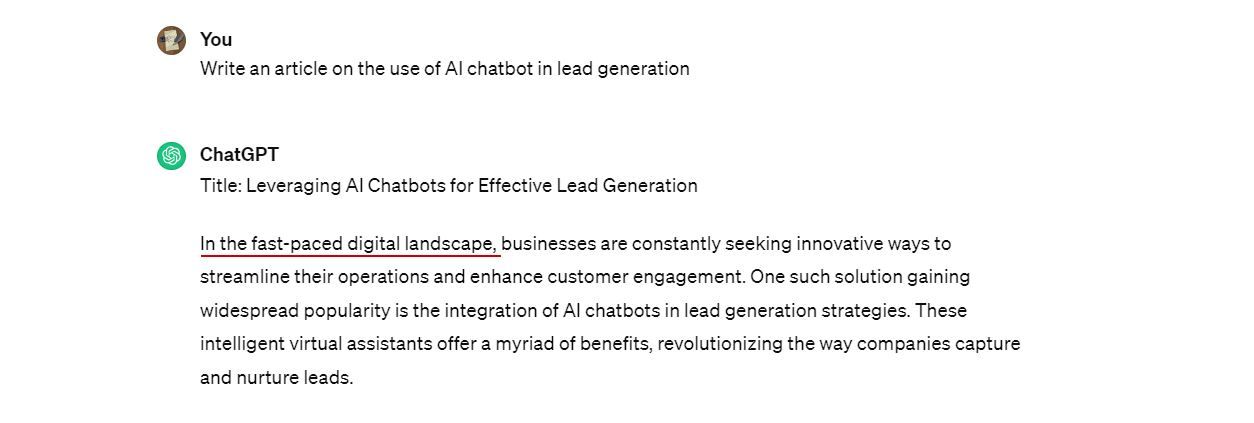
Claude, on the other hand, produced varying results four times out of five trials, avoiding the cliche on the first trial:

Besides cliché, ChatGPT, more than Claude, tends to fall victim to the sporadic use of joining words like "in conclusion," "as a result," and a tendency for unnecessary emphasis where emphatic words like "undisputed, critical, unquestionable, must" etc., are used.
But besides these flaws, how do write-ups from each chatbot sound from a holistic point of view?
To top off the comparison, I asked both chatbots to produce rhyming rap lyrics on the theme "coconut to wealth." Claude seems the better option, but I'll let you be the judge.
Here's ChatGPT's take:
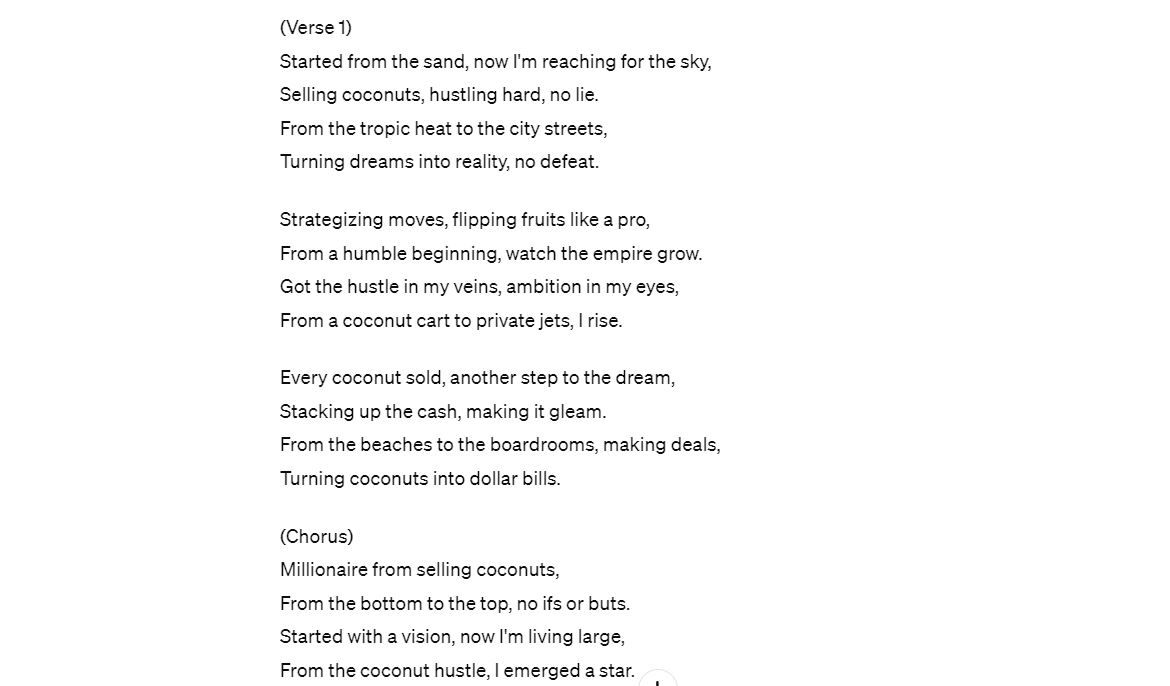
And here's Claude's take:
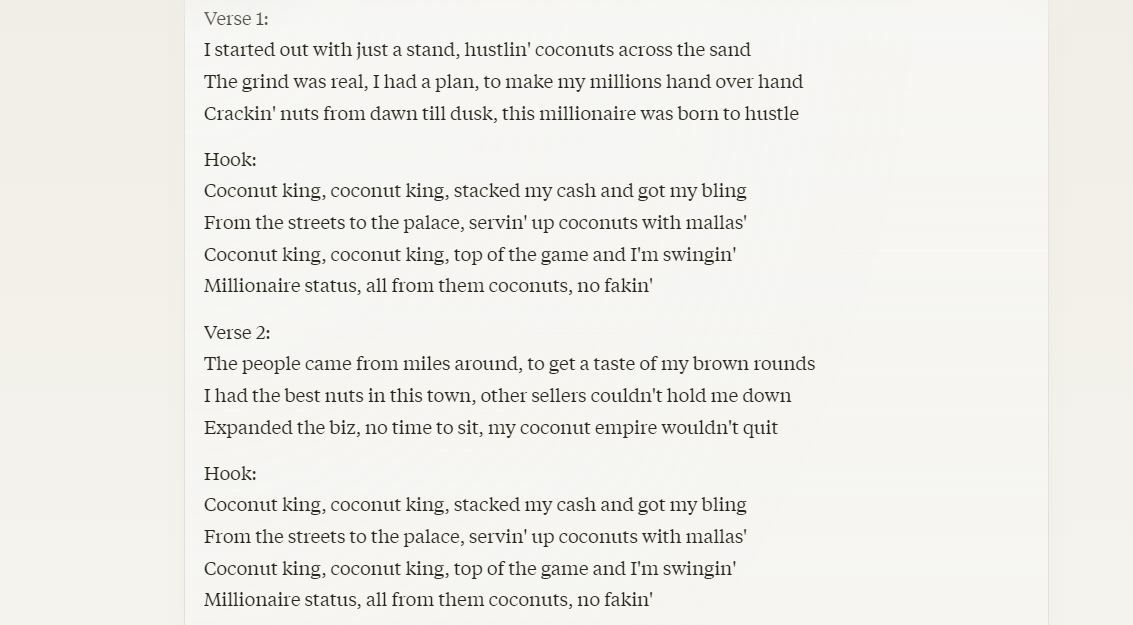
Early adopters of ChatGPT probably have a deep-rooted preference for the AI chatbot, but when it comes to creative writing, ChatGPT has some serious catching up to do in many areas.
2 Claude Offers Multimodality for Free
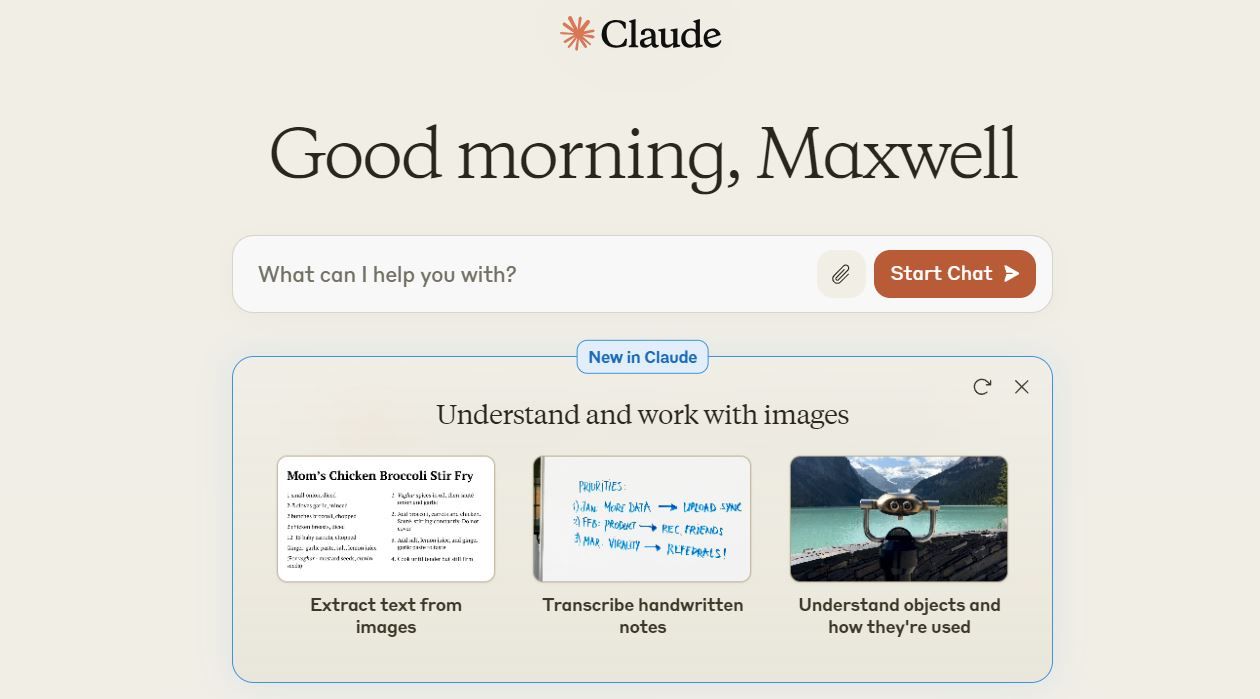
Besides Google's Gemini AI chatbot, there are hardly any major AI chatbots in the market that offer Claude's multimodal features for free. With the free version of ChatGPT, all you get is text generation abilities, and that's it. No file uploads for analysis, no image processing, nothing else! On the other hand, Claude offers these premium features on its free tier. So, you can use image prompting or upload files for analysis on the chatbot for free if you use the free beta version of the bot.
3 Larger Context Window
Context window is the limit of text data an AI chatbot can process at a go. Think of it as how many things you can keep in your memory (and be able to recall) at a time.
Depending on the version of ChatGPT you use, you should get anywhere between 4k, 8k, 16k, 32k, and 128k context windows. For clarity, a 4k context window can accommodate around 3,000 words, while a 32k window can accommodate around 24,000 words. With the ChatGPT free tier, you get the lowest limits of the context window options (4k or 8k), meaning a few pages of text. You can access the 16k and possibly 32k options on ChatGPT Plus or Team plans, while the 128k context window seems to be an exclusive reserve of the ChatGPT Enterprise plans.
Whereas Claude has a 200k context window on its free and premium plans—a significant improvement from ChatGPT's 4k or 8k window.
Why does this even matter? Well, the larger the context window, the more text data you can process at a time without the AI chatbot making things up. Claude's 200k context window is equivalent to around 150,000 words. Yep, it means you'll theoretically be able to process 150,000 words simultaneously with Claude, while ChatGPT could cap you out at 24,000 words even on its premium tier. You see? The difference is like night and day—at least in theory.
4 More Messages Per Hour
Rate limits can be a pain. You're in the middle of an interesting prompting session, you get an alert that you've reached your limit and have to wait (sometimes hours!) to get a reset. It's a huge joy killer and can set your work back hours. However, this happens both on ChatGPT and Claude, so it's an even ground on that point.
ChatGPT offers 40 messages every three hours on the Plus plan, while Claude offers 100 messages per eight hours. If you're not lost in the optics and do the math, ChatGPT's message limits are slightly better than Claude's. But there's more to it.
OpenAI dynamically throttles your usage limits. This means the limit you see isn't what you'll always get. It depends on the demand, as per OpenAI. On the other hand, despite having slightly lower usage limits, Claude can actually be more liberal with the limits depending on how much text you use per message.
So, if, for instance, you send around 2,000 words (around 200 English sentences of 15–25 words each), you should be able to get "at least" the 100 messages per 8-hour limit. Two thousand words per prompt is a generous number; only a few people get that wordy when doing basic prompting. If you use a lower number of words per prompt, you should be able to get a larger number of messages per hour theoretically.
So, while ChatGPT might seem more generous on the outside if you use both chatbots daily, Claude seems to be the more generous option, although not necessarily at all times.
While early adopters may have a sentimental attachment to ChatGPT, it's becoming increasingly clear that Claude is a force to be reckoned with. As the AI landscape continues to evolve, it will be fascinating to see how these titans of conversational AI push each other to new heights, ultimately benefiting users with ever-improving and more capable chatbots. The future of AI-powered interactions has never been more exciting.

